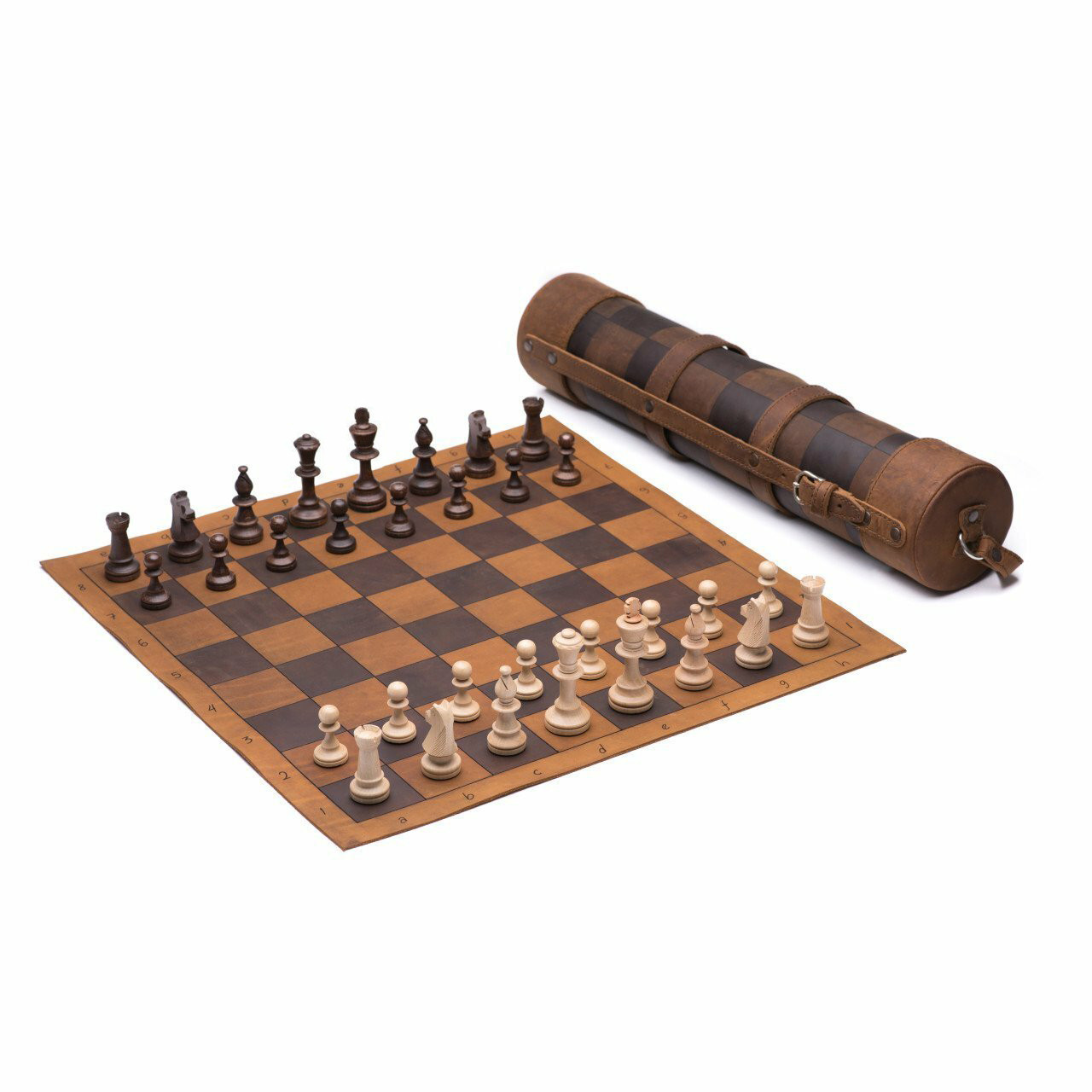Chess is an old game. It has many rules. Some rules are easy. Some rules are hard. One special rule is en passant. This rule is not well known. But it is important. Let’s learn about it.
What is En Passant?
En passant is a French term. It means “in passing”. In chess, it is a special pawn move. It can only happen in a certain situation. It is a rare but useful move.

Credit: www.chess.com
How Does En Passant Work?
Here is how en passant works:
- First, a pawn moves two squares forward from its starting position.
- Next, the opponent’s pawn is on an adjacent file.
- The opponent can then capture the moving pawn as if it moved only one square.
This move must happen right after the two-square move. If the opponent does not capture it, the chance is gone.
Example of En Passant
Let’s see an example. It will make things clear.
Step-by-step Example
- Imagine a white pawn on e2 and a black pawn on d4.
- White moves the pawn from e2 to e4.
- The black pawn on d4 can now capture the white pawn.
- The black pawn moves to e3 and removes the white pawn.
Here is a table to show the moves:
| Move | White | Black |
|---|---|---|
| 1 | e2 to e4 | d4 to e3 (en passant) |
When Can You Use En Passant?
En passant can only be used in a specific situation. Here are the rules:
- It can only be used with pawns.
- It happens when a pawn moves two squares forward from its starting position.
- The capturing pawn must be on an adjacent file.
- The capture must happen immediately after the two-square move.
Why is En Passant Important?
En passant is important for many reasons. It keeps the game fair. Without it, pawns could escape capture. It adds strategy to the game. Players must be careful with their pawns. They need to think ahead. This rule makes the game more exciting.
Common Mistakes with En Passant
Many players make mistakes with en passant. Here are some common ones:
- Forgetting the rule. It is easy to miss an en passant chance.
- Thinking it can be used later. It must be used right away.
- Using it with other pieces. Only pawns can use en passant.

Credit: en.wikipedia.org
Practice En Passant
Practice makes perfect. Try to use en passant in your games. Watch for chances. Remember the rules. The more you practice, the better you will get.
Conclusion
En passant is a special chess move. It is not used often. But it is important. It makes the game fair and strategic. Remember the rules. Practice it in your games. Now you know how to use en passant. Happy playing!







